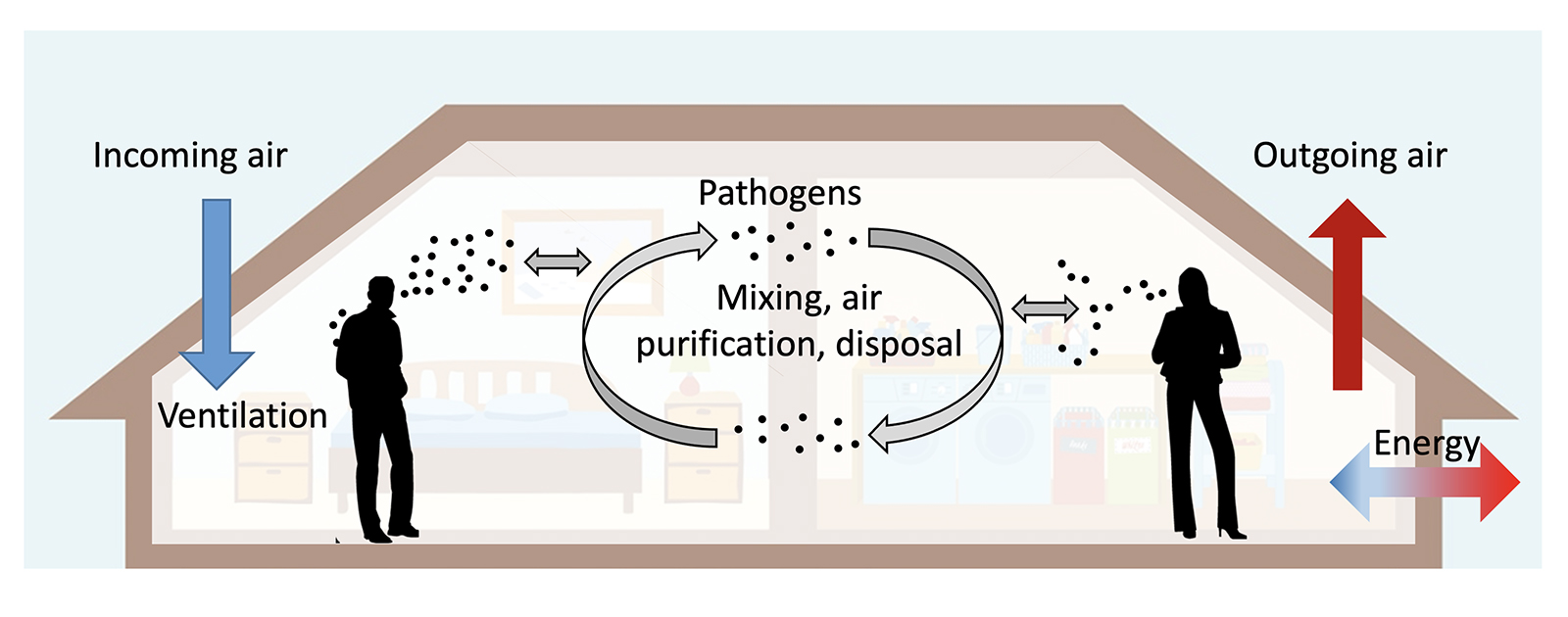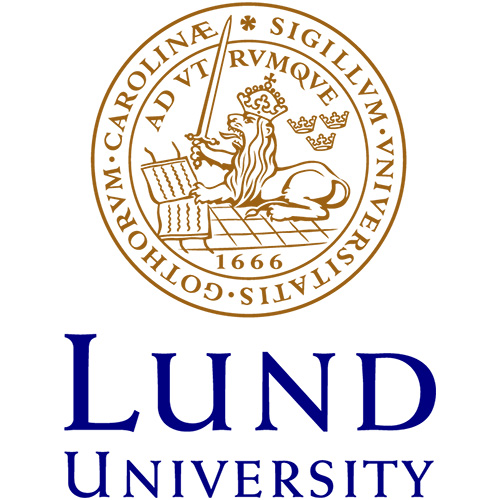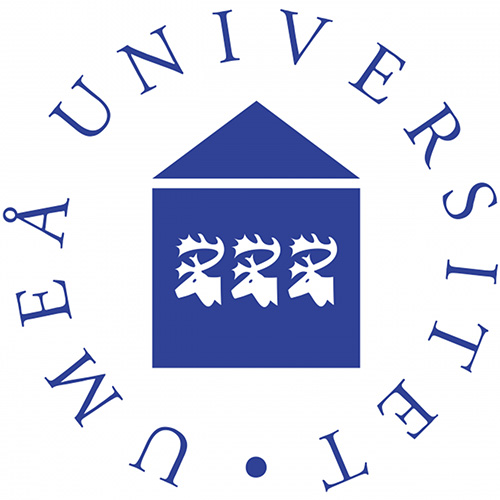Minimised risk of infection in the buildings of the future

KTH, Umeå University, Lund University and Chalmers will together create a roadmap on how to design buildings with a healthy indoor environment that minimises the risk of spreading infectious diseases such as Covid-19.
The project "Buildings Post Corona" aims to understand how buildings should be designed to be sustainable and ensure a healthy indoor environment with minimal risk of transmission of airborne diseases.
”How Covid 19 spreads is something that researchers around the world are working on right now. Infection via air has been a crucial component for many of the plagues that have developed into pandemics such as influensa, smallpox and now Covid-19. The indoor environment with technical systems and floor plans, how we behave, and the spread of infection, form complex areas together”, says Jonas Anund Vogel, director of KTH Live-In Lab.
Through the breadth of expertise available at the four universities and partners, the project will cover the perspectives and methods needed to design a good indoor environment based on sustainability, energy use, health and risk of infection. The project is carried out in close collaboration with Boverket – the National Board of Housing, Building and Planning, Svensk Ventilation, Fastighetsägarna, Bengt Dahlgren, Tovenco, Länsgården Fastigheter, Akademiska Hus, Swegon, Einar Mattsson, Lokalförvaltningen Göteborg, Geberit och Energi and Miljötekniska Föreningen.
The universities' various test facilities, such as KTH Live In Lab and the aerosol laboratory in Lund, make it possible to test different solutions.
”With this collaboration, we can contribute new knowledge to support the construction sector to design and maintain sustainable buildings with a healthy and good indoor thermal environment”, says Thomas Olofsson, professor of energy technology at Umeå University.



